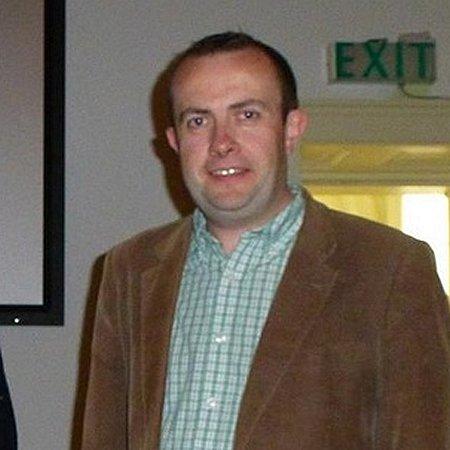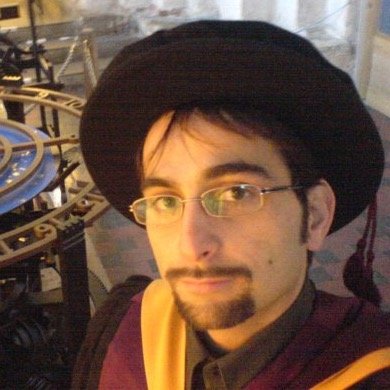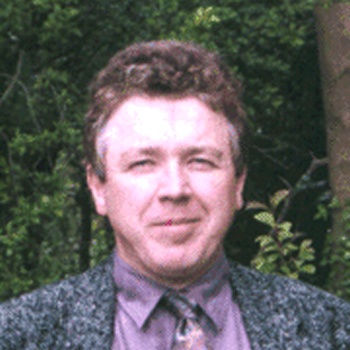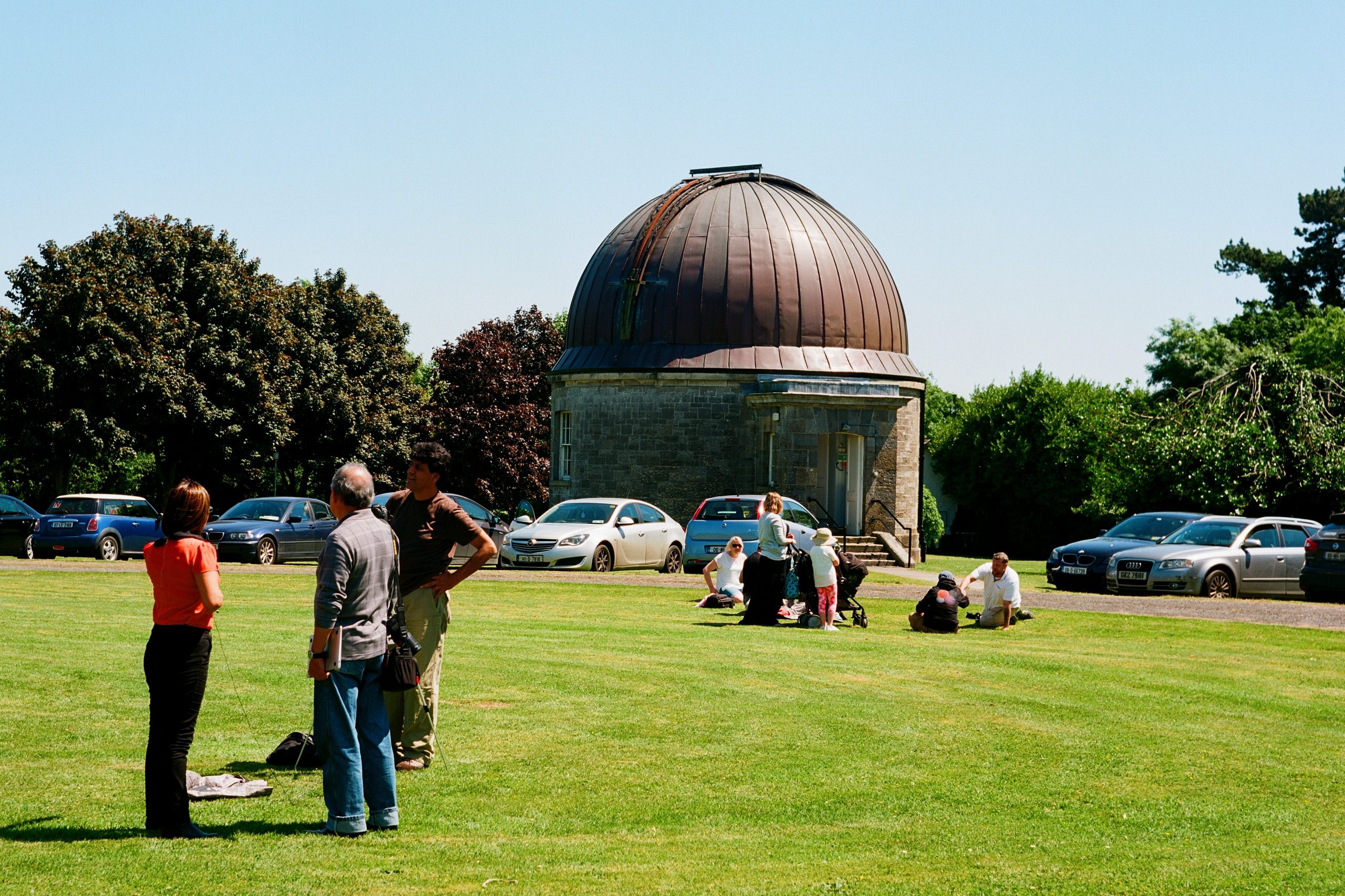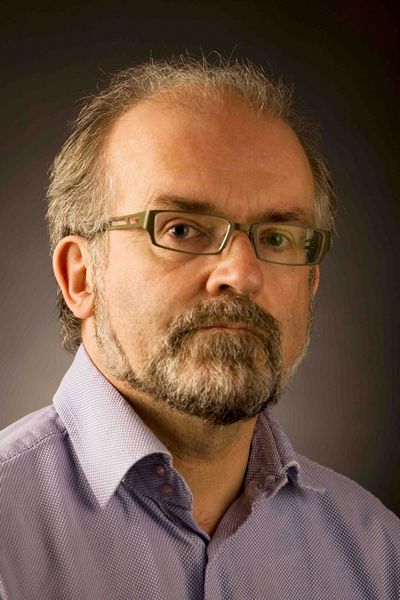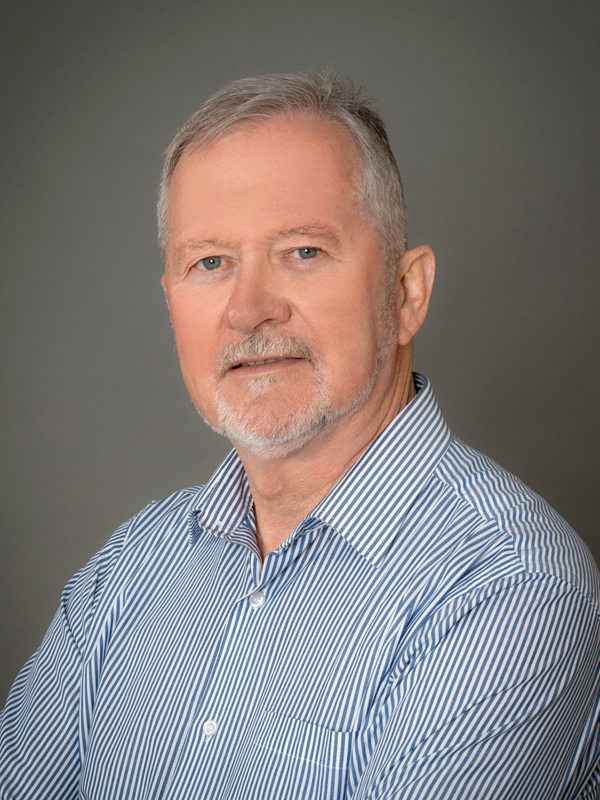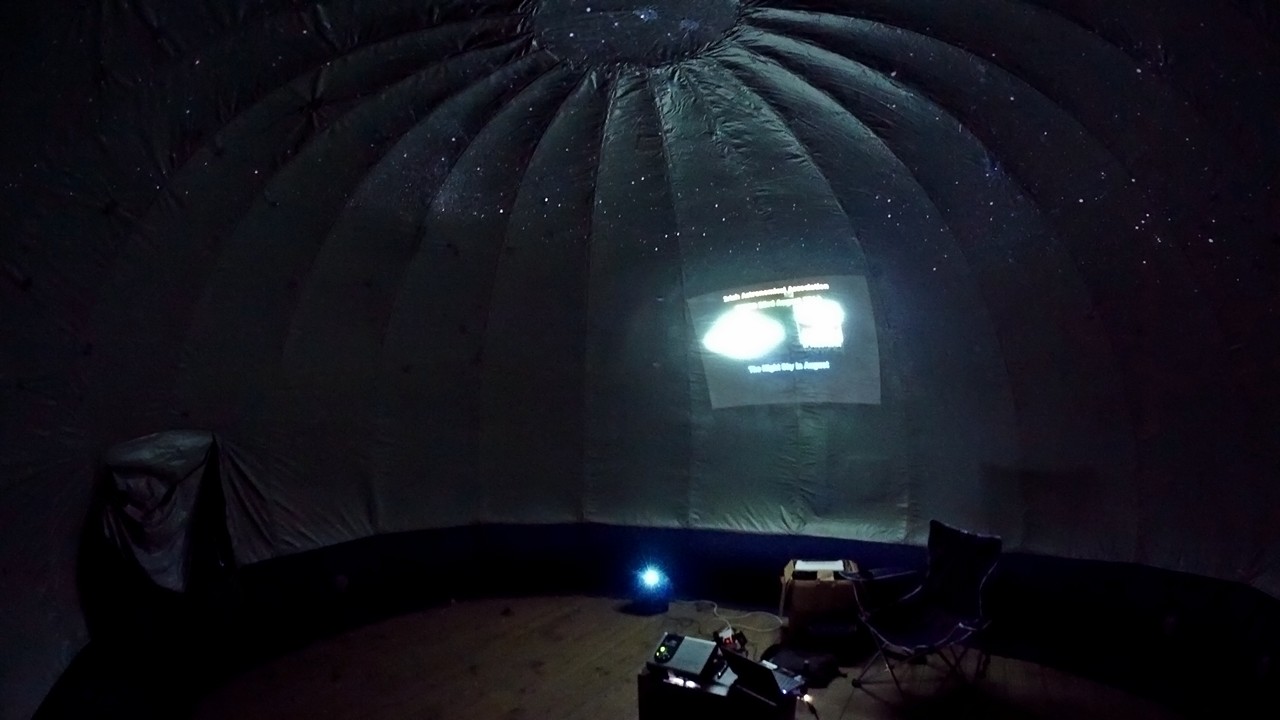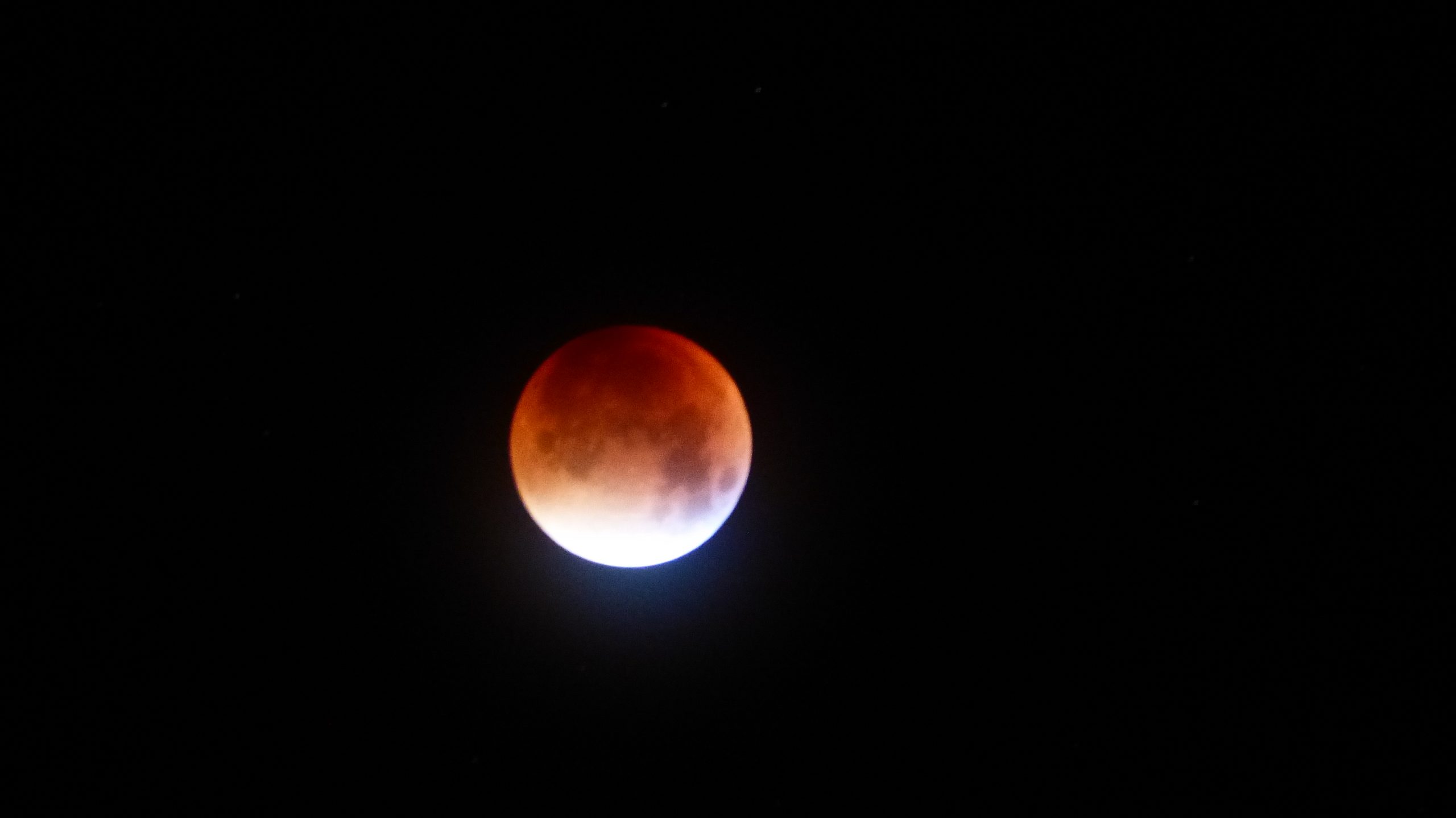Category Archives: Event
Lecture: Weds 31st October – Dr. Marc Sarzi (AOP) – “Supermassive Black Holes, the DNA of galaxies?”
Abstract: Supermassive black holes, million to billion times more massive than the Sun, are now believed to lurk at the centre of every galaxy. Furthermore, it would appear that supermassive black holes "know" in which galaxy they live, as bigger galaxies contain bigger supermassive black holes and vice versa. This suggests that the formation of galaxies and the growth of supermassive black holes are tightly linked, which is surprising considering that despite their tremendous mass such black holes are still much smaller than their host galaxies, just like DNA molecules to a human body. Could they play a similarly vital role in the growth of galaxies?
Bio: Dr. Marc Sarzi is the Head of Research at Armagh Observatory & Planetarium, and is a former SFTC Public Engagement Fellow.
Lecture Weds 17th Oct – Prof Gerry Doyle (AOP) – “The Probability of a Doomsday Solar Superflare: Fact or Fiction?”
Here's Prof Doyle with the synopsis of his talk…….
"The first part of the talk is on solar flares, how they occur, their energy, etc .. then I go into stellar flares and show data from Kepler on flares from solar-like stars and discuss whether such super-flares could occur on the Sun .. i include spot data over the past 300 years .. what is happening now, predications for the next cycle, how a super-flare could occur on the Sun .. plus observations from 900 years ago."
Doors open about 7.15pm. There is free parking available on the campus in the evenings. Admission Free, including light refreshments. We are located in the Bell Theatre, Department of Mathematics and Physics, QUB – details here……
Irish / World Space Week – 4th – 10th October
Observing at Delamont Country Park is ON tonight Sat 6th Oct
As well as our Lecture with Prof Frank Drury on 3rd October, we hope, weather permitting, to hold an Observing Night at Delamont Country Park in Co Down on either Friday 5th or Saturday 6th October as part of Irish Space Week, and World Space Week. Keep an eye on this page of the Forum or our Facebook page for the latest update on whether the event is go/no-go.
As well as this, there are many other events taking place throughout Ireland listed on these pages…
IAA Lecture Weds 3rd October – Prof Luke Drury (DIAS) – “Multimessenger Astronomy Comes of Age”
Throughout most of its long history astronomy has been based on the study of light from the stars and other celestial objects. In the language of physics this is photonic astronomy, the photon being the quantum mechanical particle of light. Yet at least two other astronomies are possible according to standard physics. The graviton, the particle asssociated with gravity, and the neutrino, associated with the weak force, share the property of being electrically neutral and stable and can thus propagate undeflected over cosmic distances. Remarkably both these new astronomies have recorded significant developments in the last few years, notably the simultaneous detection of a merging neutron star binary in both gravitational waves and the optical and the recent claim of an association between high energy neutrinos detected in the ice-cube detector and a flaring AGN.
Professor Luke Drury has recently stepped down as head of Astronomy and Astrophysics in the Dublin Institute for Advanced Studies. He studied experimental physics and pure mathematics in Trinity College Dublin before a PhD in Astrophysics at the Institue of Astronomy, Cambridge. Subsequently he worked in the Max Planck Institute for Nuclear Physics in Heidelberg, Germany, before returning to Ireland in 1986
Doors open about 7.15pm. There is free parking available on the campus in the evenings. Admission Free, including light refreshments. We are located in the Bell Theatre, Department of Mathematics and Physics, QUB – details here……
Lecture Weds 19th September – Prof Frank Prendergast, Dublin Institute of Technology – “From Neolithic to Iron Age—three case studies in Irish archaeoastronomy”
For the season opener we are very pleased to welcome Prof Frank Prendergast from Dublin.
- The Iron Age post enclosure at Lismullin, Co. Meath, discovered by top-soil stripping associated with the recent development of the M3 motorway, was an extraordinary ceremonial and ritual complex. It is now ranked as one of the most important Irish archaeological discoveries in recent years. The timber structure was the embodiment of structural perfection and symmetry and had an important astronomical alignment, indicative of its importance to the community that built it around 455 BC.
- The Neolithic passage tomb at Slieve Gullion, Co. Armagh is now known to be aligned on the setting sun at the winter solstice and is annually celebrated as a cultural heritage event of growing importance. The survey methodology used to make this discovery will be described, as will the broader cultural context and symbolism of the phenomenon.
- The third case study will present the author's findings relating to Ireland's largest stone circle located at Grange in Co. Limerick. This Neolithic monument was built around 2,900 BC and embodies all the hallmarks of a ceremonial complex. But was it used as a calendrical device as is popularly believed? The speaker will confront those questions head on!
Doors open about 7.15pm. There is free parking available on the campus in the evenings. Admission Free, including light refreshments. We are located in the Bell Theatre, Department of Mathematics and Physics, QUB – details here……
IAA Solar Day at WWT, Castle Espie, near Comber; 18th August, 2pm. – 5pm
The IAA will be back again at one of our favourite venues for our summer Solar Day on Saturday 18 August. We'll have solar observing if clear, using a variety of special safe solar observing equipment, an exhibition of telescopes, meteorites and other astronomical items, and of course the very popular shows in our own stardome.
https://www.wwt.org.uk/wetland-centres/castle-espie/whats-on/2018/08/18/solar-day/
These shows need to be booked in advance with the WWT – seewwt.org.uk, or email karl.simmonds@wwt.org.uk , tel 02891 875975
Stop Press – Perseid Observing at Delamont Tonight (Fri 10th)
As Satirday looks to be a washout, some will be heading to Delamont from 9pm onwards.
http://irishastro.org/location
Good Luck and enjoy!
Total Lunar Eclipse, Friday 27th July – Scrabo Tower and Knockagh Memorial – CANCELLED


IAA Midsummer BBQ, Sat 23rd June, at Armagh Planetarium
We are delighted to be able to confirm that the annual barbecue will again take place in the coach car park at Armagh Planetarium. We will be setting up from 3 p.m., and attending the Planetarium show at 4.00, “We are stars” (optional, the group rate admission charge of £7.50 per adult less 10% applies).
Please let Terry Moseley terrymosel@aol.com know BY RETURN if you will be attending the Planetarium show and how many in your group, so he can book seats.
For the BBQ, it’s the usual format – bring all your own consumables, cutlery, chairs etc if you want them – we supply the cooking facilities.
Terry will also conduct a tour of the Astropark, Hill of Infinity, Human Orrery, and the outside of the telescope domes.
Solar observing if clear.
We hope to see lots of you there.

